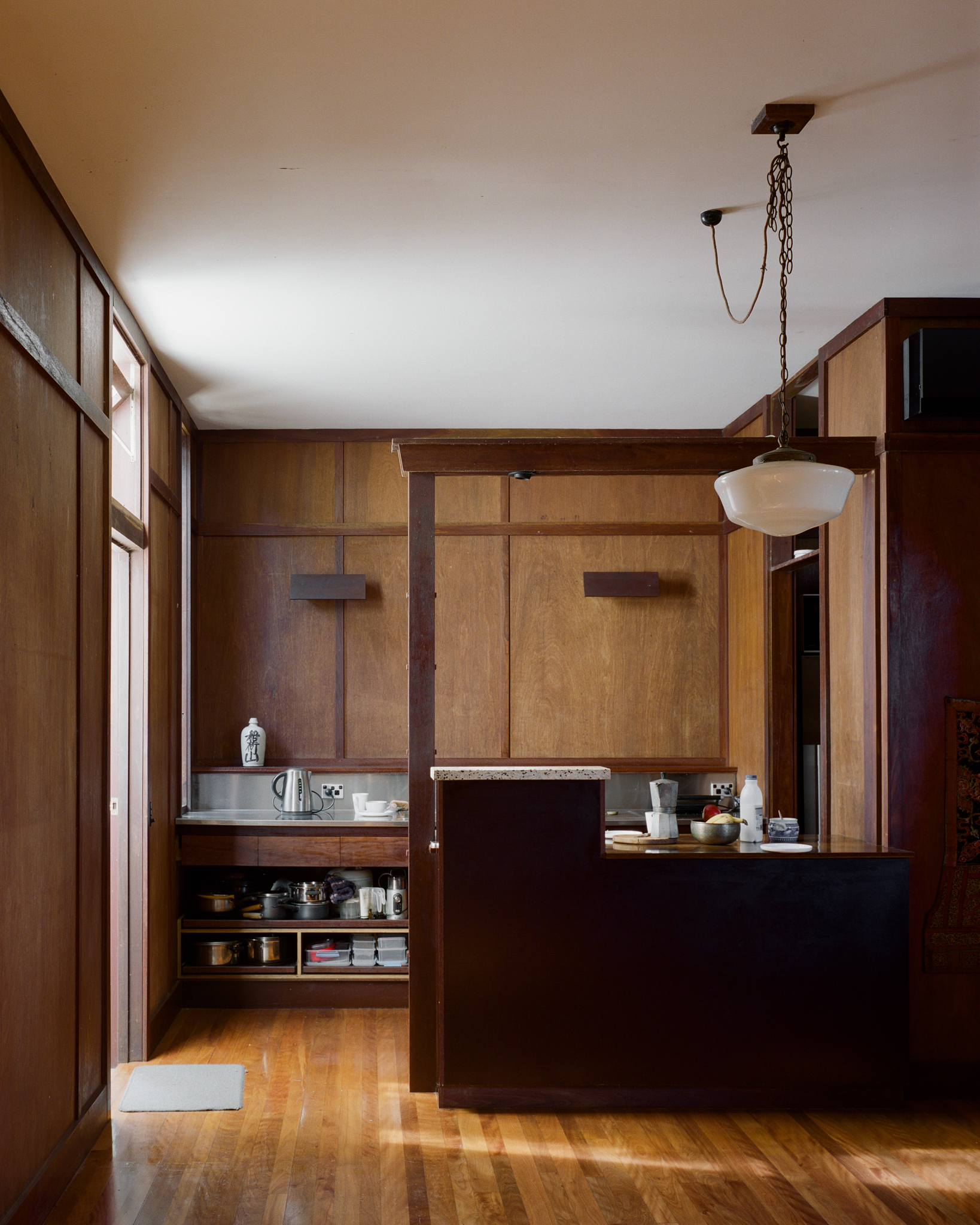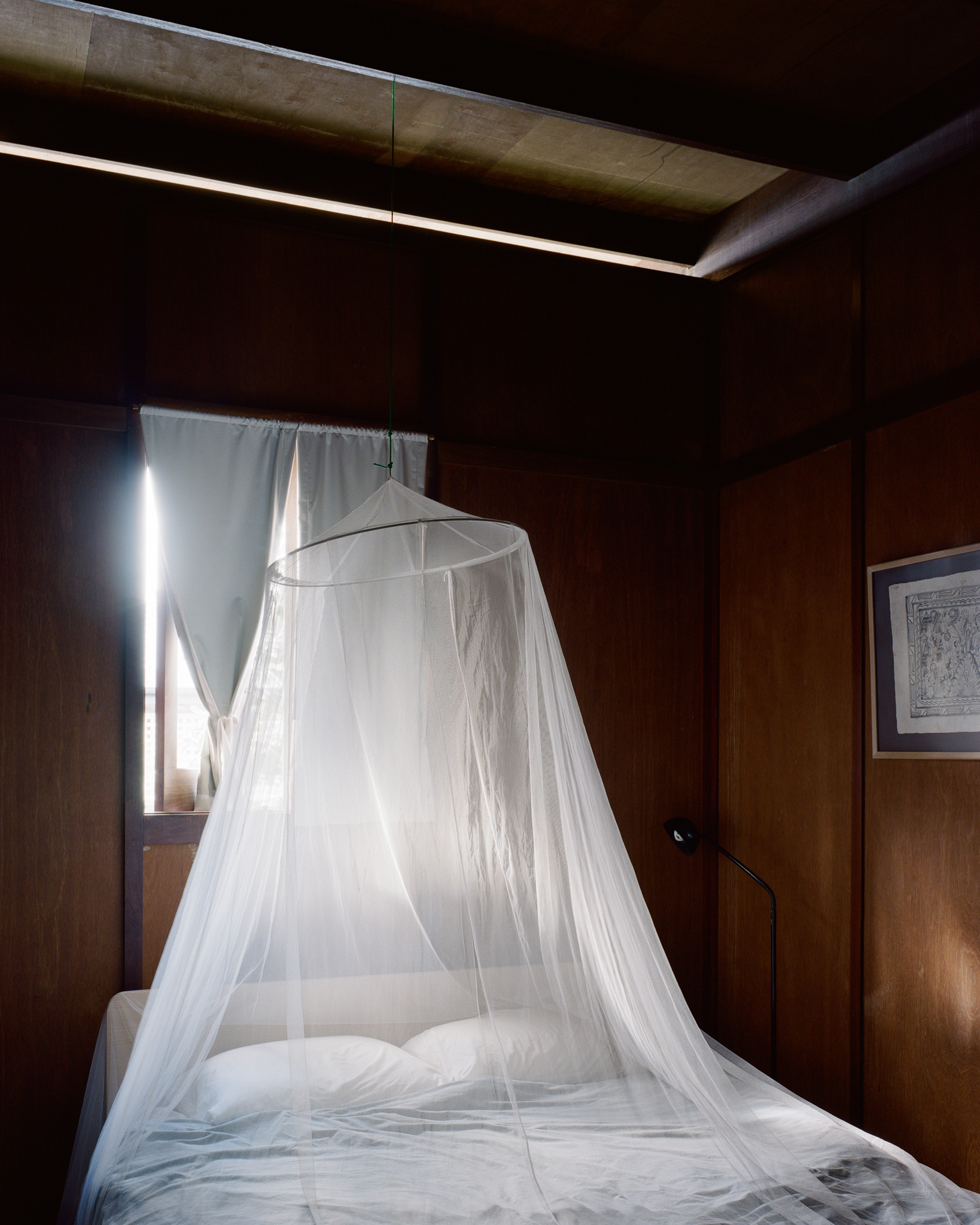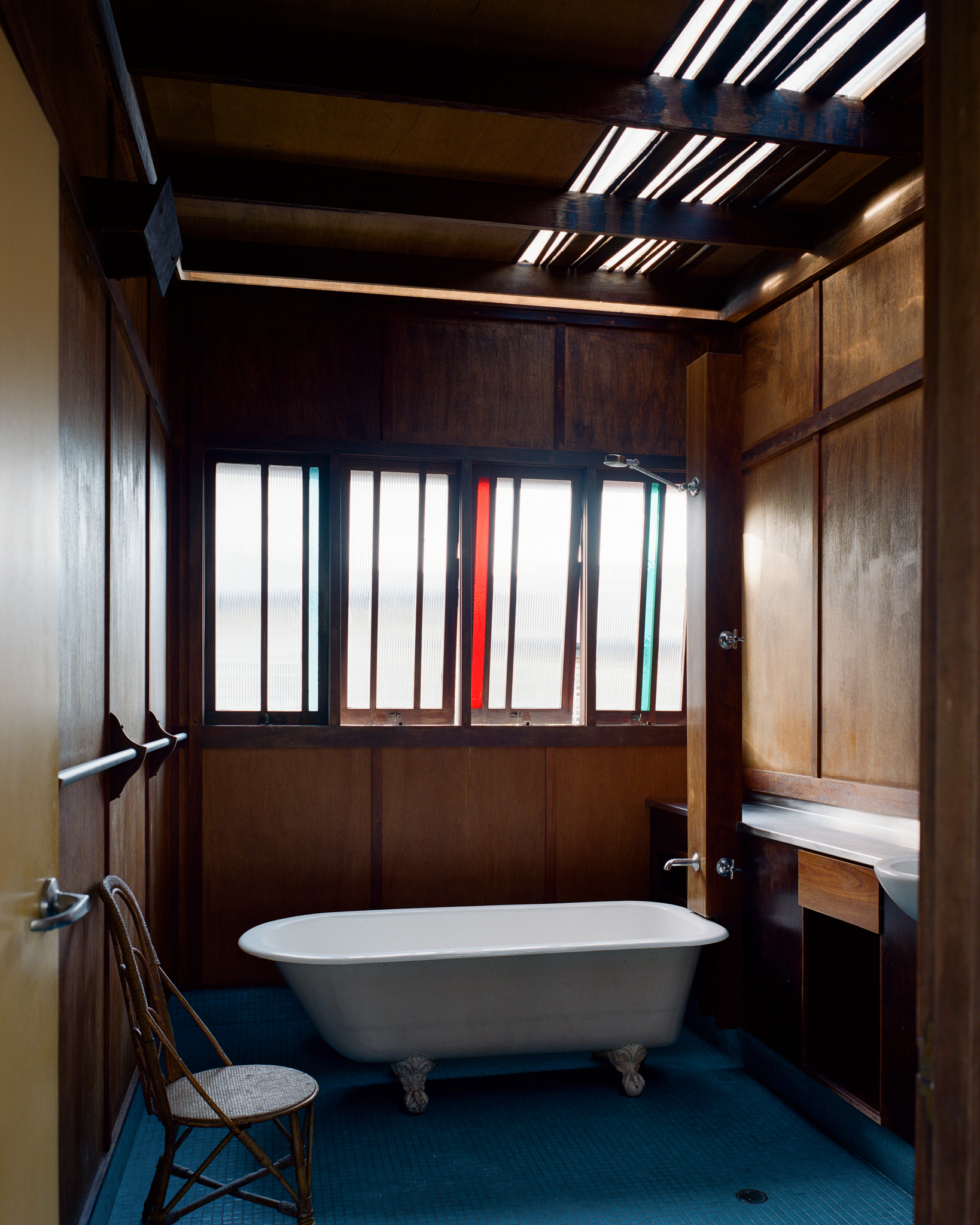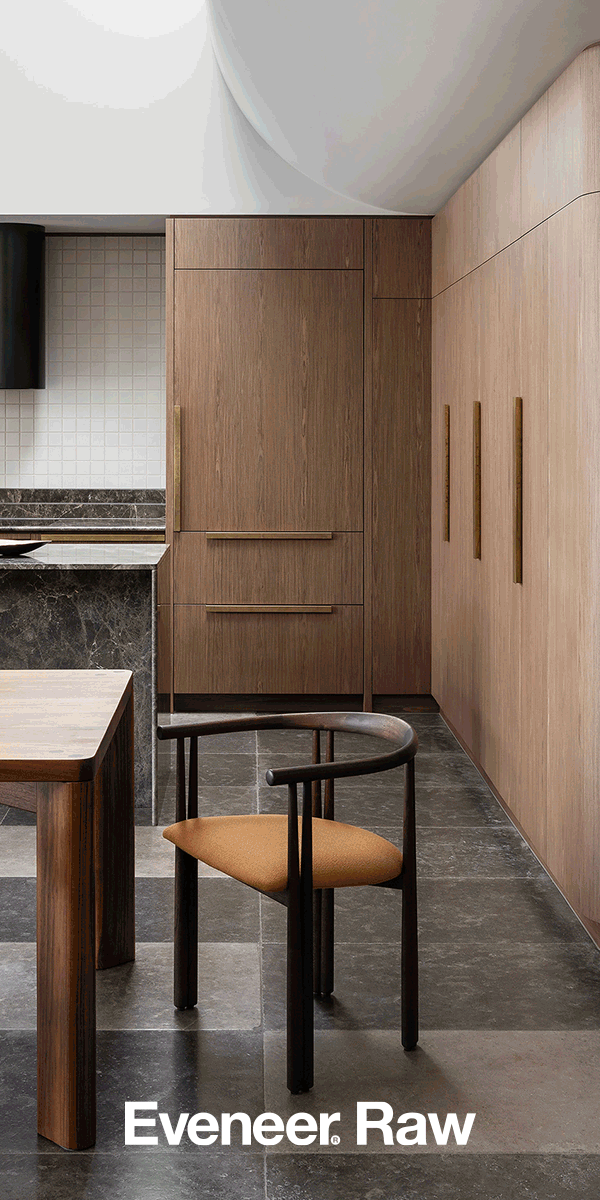INVERT 4.0 will address growing concerns about how cities will accommodate the transition toward electrical vehicles.
Seven Hills House: Peter Besley
Peter Besley has returned home. Here, his first project, built in 1993, is published for the first time. The Seven Hills House in Meanjin Brisbane’s lush sub-tropical landscape is a home that embraces communal building, creating and living.
Essay
Sophie Lanigan
Photography
Rory Gardiner
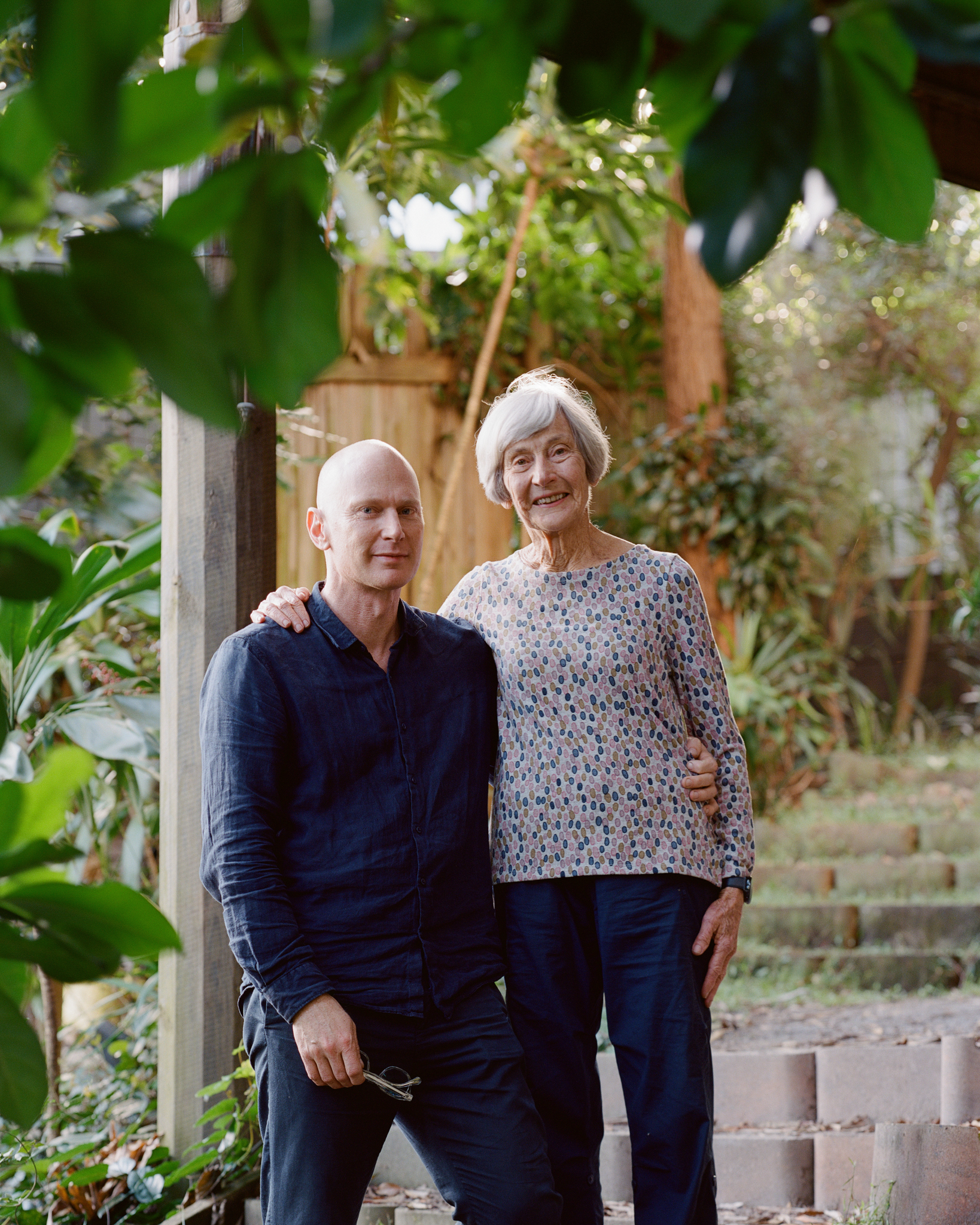
SL I’ve come to know this beautiful project for the first time via the recent set of photos by Rory Gardiner. How did this house in Seven Hills come into being? I understand you were only 23 when it was built. Is this an instance of an architecture student’s dream first commission?
PB At the time it didn’t feel like the ‘Great Commission’. I had left architecture to study English literature and philosophy. So, in a way, I wasn’t in a particularly career oriented architectural mode and I think that really helped me because I wasn’t looking at what was happening in architecture at the time.
In Brisbane, the art college for the city wasn’t in the centre of town – it was a large modernist concrete structure way out in what was then the city fringe. The site is on an elevated area surrounded by points of height. Bizarrely, someone in Brisbane City Council back in 1925 called it Seven Hills after the Seven Hills of Rome. And the streets in the neighbourhood are all hilariously named – Appia Ave and The Corso – and this house is on Majestic Outlook. So it has a strange colonial mirroring – you do have the far reaching views in all directions, but it’s also kind of wild. I teamed up with Mum and we decided to do something interesting on the site.
I knew that once the house was finished I would leave the country for an indefinite period, so I saw this as a personal project for family, friends and the art students of Seven Hills Art College. Soon after it was done, I literally left and did not come back for 20 years. I’ve never published this house before but reflecting on it now that it’s about to go for sale, I think it’s had a bit of an underground effect as a sort of progenitor for other ways of practicing architecture. It also taps into what I really love about Brisbane – the flora and fauna, which has almost an effusiveness specific to Queensland.
SL Building a house for your mum is such a well-trodden path into residential work for young architects. Maybe this was her secret way of bringing you back to architecture from English literature.
PB Well, my mother ended up living there, and she is also probably an important reason I ended up returning to architecture – she was university educated when that wasn’t common for women and holds the opinion that being an architect is a good, progressive thing – socially operative, but also kind of arty. It was a fantastic opportunity.
SL I must ask, why did you move to English literature from architecture?
PB I was actually really disappointed when I went to architecture school. People like myself, Timothy Hill, Brian Donovan and others of that generation went to the Queensland Institute of Technology. It was like a technical college and there was no pretence about teaching a ‘higher’ architecture – you would go and just sit with engineers to talk about structures and then you would have a placement with architects.
SL Sort of like an apprenticeship.
PB Yeah, exactly. It was like a traditional German or Italian trade apprenticeship. There was a leak, with good students moving across to University of Queensland because they wanted the Jeffersonian campus-based university experience. So I did that and was expecting a really great design intensity but once I got into the course, it was also very vocational. So I literally threw my hands up and started studying English literature, which is entirely not vocational. Those students were by far the cleverest and the most interesting people I met at university, and that was really rewarding for me because it was everything I was missing.
By not being in the architectural scene when I designed this house, I was able to do things in my own way. Instead of specifying products, sitting at the drawing board and working out what it was going to be, I used to just go to suppliers and see what they had.
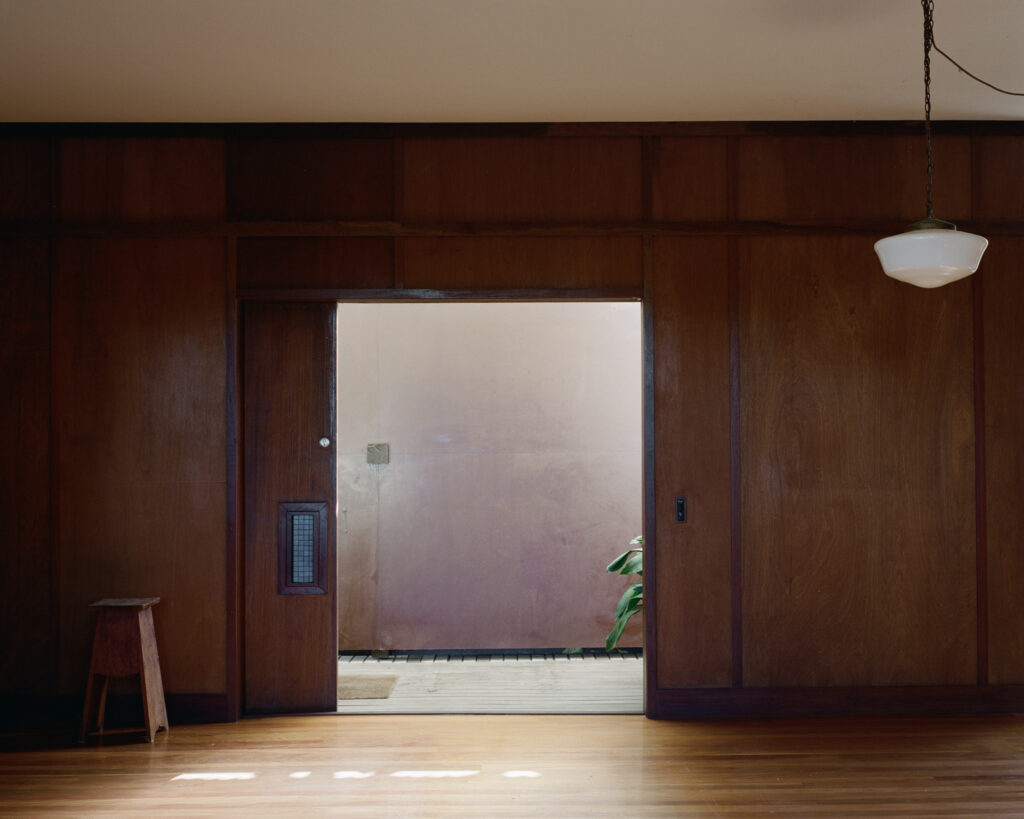
SL The design process sounds like it was quite active – out in the world, going places, being on site, looking at materials, talking to people. Was that what it was actually like?
PB Yes, absolutely. There were two schemes before this one. First, I was very fascinated by cast iron manhole covers, not galvanised or painted but weathering so beautifully without rusting or decomposing. So the first design was completely made from cast iron panels. It would have been incredible, like Ned Kelly’s helmet emerging from the Australian bush. But the wall required to support the panels was so substantial that we couldn’t afford it at the time. Back in 1993 something of that scale was unheard of as most Queenslanders are on those little stumps – they are effectively timber tents. You can imagine a proper 50-year-old architect would know that straight away, but I was finding these things out along the way. The second design was made with stone, a Helidon stone local to the area. It’s got pink and bright blue tones but it doesn’t cut very nicely, so it ends up in rubble. Again, the engineering required big foundations so that went out the window too. In the end, the design we built came after a complete conceptual shift to make it more like a beach house. If the best thing about the Brisbane region is the flora and fauna, then the nearest response to that would be the little houses on Stradbroke Island. Up in the trees, they are quite dreamy places and kind of redolent of Southeast Asian architecture.
SL It definitely has that quality. Were you looking specifically to those houses or is that an influence you can see in retrospect?
PB I started with first principles more than precedents. I think that the house is imperfect and I’d do it differently now, but it turned out to be a progenitor of what became a whole local movement. It wasn’t the only one – there were a couple in the very early ’90s, at the start of a new wave of design, where it was all about external circulation, hardwood detailing, raw finishes, being moody and reclusive. It’s hard to remember now, but at the time everything else was painted and glass for maximum views and sun. But I was studying literature for god’s sake, so I thought, “No – what’s really missing is reclusive space, where you get away from the sun and where there can be cultural production.” Seven Hills House was originally designed as a share house for art students who needed semi-monastic smaller spaces coupled with large communal areas where they could fall asleep on the verandah, paint and draw. It was supposed to be a little arcadia for them and quite reclusive from the big suburban rollout that was going on all around.
SL And how many students could live there?
PB It had four bedrooms, which were designed to be equal – no master bedroom. Each bedroom was separated and in different parts of the house. I organised telecoms to run four separate lines to each room so they had their own phone, so they could have privacy – a room of their own. The verandahs were enormous, they were places to be, places to circulate as well as studio spaces with half set up easels and sculptures in various stages of completion.
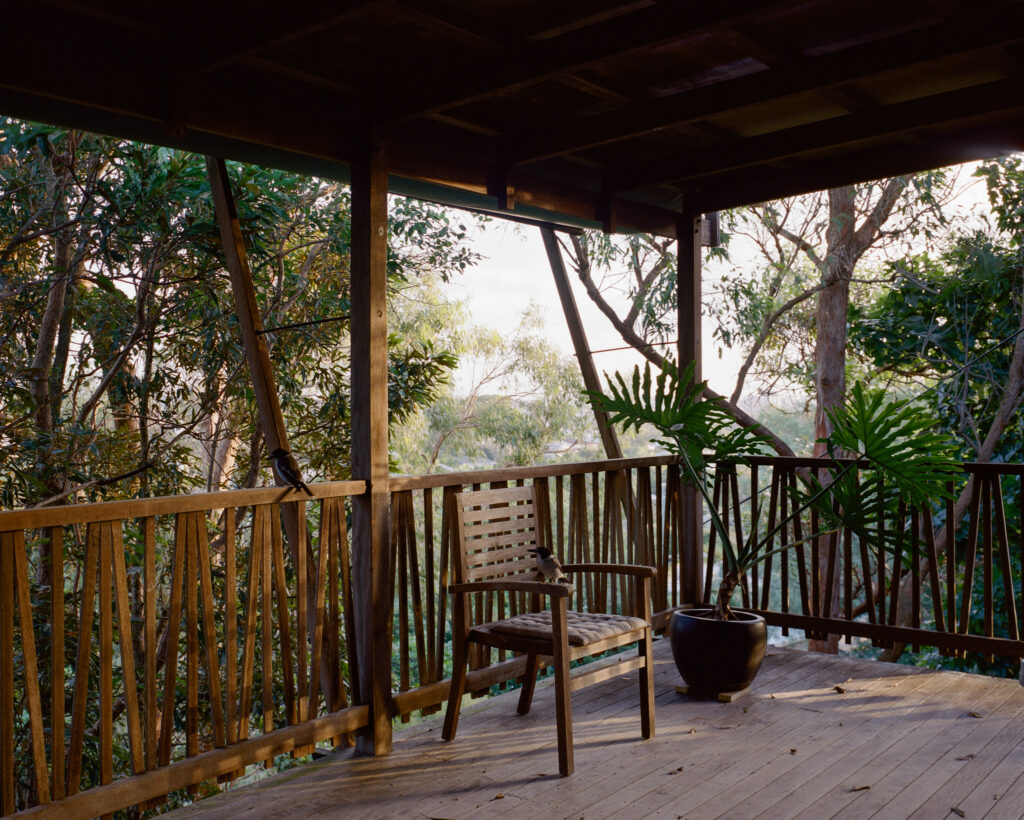
SL It sounds idyllic, and quite a uniquely Australian way of being young and spending time. Did you ever live there?
PB Yes, for sure. It operated as a share house and quickly became very popular with all sorts of people, not just art students – lots of friends and family. Whole generations of people have lived there, people who at the time were just drinking on the verandah and hanging out, listening to music and talking. I realise now that share-housing in Australia is done very differently to other places in the world – here it is much friendlier and more communal. For many it is quite a joyful and important time of growing and making lifelong friends – these spaces really fostered that. Eventually Mum thought, ‘This looks like fun, I’ll have a go!’ So when all the kids went to live in different parts of the world she moved in. It was fantastic, because whenever we came back there were rooms that were not secondary bedrooms but semi-independent spaces. It was possible to stay for a while without feeling like you were invading someone’s privacy because it was already built for communal living.
SL Interesting – it’s like an empty nester’s alternative, giving the owner more freedom and agency.
PB Yes, for sure, it had a second life as a base for long stay visitors and family members.
SL Returning to the event of the build – how was your relationship with the builders? Were they on board with having such an active (and young) designer be part of the project?
PB I think the house began the way it continued – with family, friends and travellers. I started the build on my own and was soon joined by my brother-in-law Steven Godstone, a highly skilled woodworker who normally built boats and furniture. We were then joined by itinerant carpenter Tony Eichman, who was part of an older generation of Australian carpenters who knew how to make all sorts of products, finishes and seals because he came from an earlier period where you could not buy everything readymade
– it was great, because he could really work materials. Glenn Thompson from the band The Go-Betweens, who had building skills, joined us to complete the team. We also had my nephew on site who was still a baby and who we used to rig up in a Moses basket made of steel reinforcing. When you’re 23 you feel like you can do anything. I remember, I fell from the roof all the way through framing and ended up on the ground. Luckily, I didn’t break anything but I remember lying there thinking, “You’ve got to go a bit slower.” So there were some good life lessons as well as lots of learning about building and design. It was a bit chaotic, but the group had a deep and particular knowledge of how to build and was happy to try things out.

SL It seems as though it was quite collaborative.
PB It was. There was no contract, I just managed everything and did a lot of the drawings on site. As soon as we achieved a floor plate with an enclosure, Steve set up a joinery workshop in the house to make all the doors and windows.
SL It’s such a beautiful way to practice architecture, or rather to build – with a community of skilled people, on site, for people who are close to you. Obviously rare for financial and legal reasons but an artful, slow and localised way of creating space. I wonder if that would at all be possible now.
PB I think the only way you could get away with it now is to do it as an owner-builder, which would shield you from commercial reality. It was a project without what I call the ‘passporting costs’ – 60% of my work now is managing and unpacking regulations and chains of command on site, with the local council and with suppliers. On this project, there was none of that – no one has to have a meeting with themselves so we could just be there. In a way, this allowed us to focus on the materials and on figuring out the prosaic things ourselves – like the ant and termite caps, which are just made from a sheet of copper I bought, cut up and folded. And in the end these things are not so difficult – if you de-commodify them and unpack the societal overlays.
SL It’s modest architecture for good living, it doesn’t have to be a sword to fall on.
PB Absolutely, and I really noticed that here in Italy on my most recent trip. There’s this incredible contrast between high-tech, which has become a natural part of life these days, and low-tech where most things are made from stone and brick. And so it’s just all about these fantastic spaces and light, very simple things – the landscape and food.
SL Did you do any landscaping to the site, or was it largely untouched except for a minimal path to the house?
PB The only thing I did is design an irrigation system. The whole roof falls to one edge so we had a long gutter, about 14m, made from one rolled piece of copper attached to out-riggers. At one end it’s pinched so it gets a deep belly, and at the other end it opens up to get the fall. We literally tuned it like a musical instrument. All the water comes down and is gathered in a deep rubble trench underground, which gradually irrigates the whole forest below it. As I’ve said, Brisbane’s flora and fauna is so stunning and in terms of landscaping you can’t ‘design’ the bush to make it better. It’s a bush garden with things growing everywhere – as houses have been built up around it, I’ve noticed all of the birds and animals have come to live there too. There is a resident carpet snake who sometimes wakes you up and tries to get in your bed.
SL So special, but now it is for sale. How does it feel to say goodbye to this house (and the snake)?
PB It is – and we are all heartbroken. None of us can buy it from Mum and everything in that area has become incredibly expensive so we will have to let it go. Apparently, quite a few architects have been coming to the open house inspections, so hopefully it will be bought by someone who will enjoy it as much as we have.
